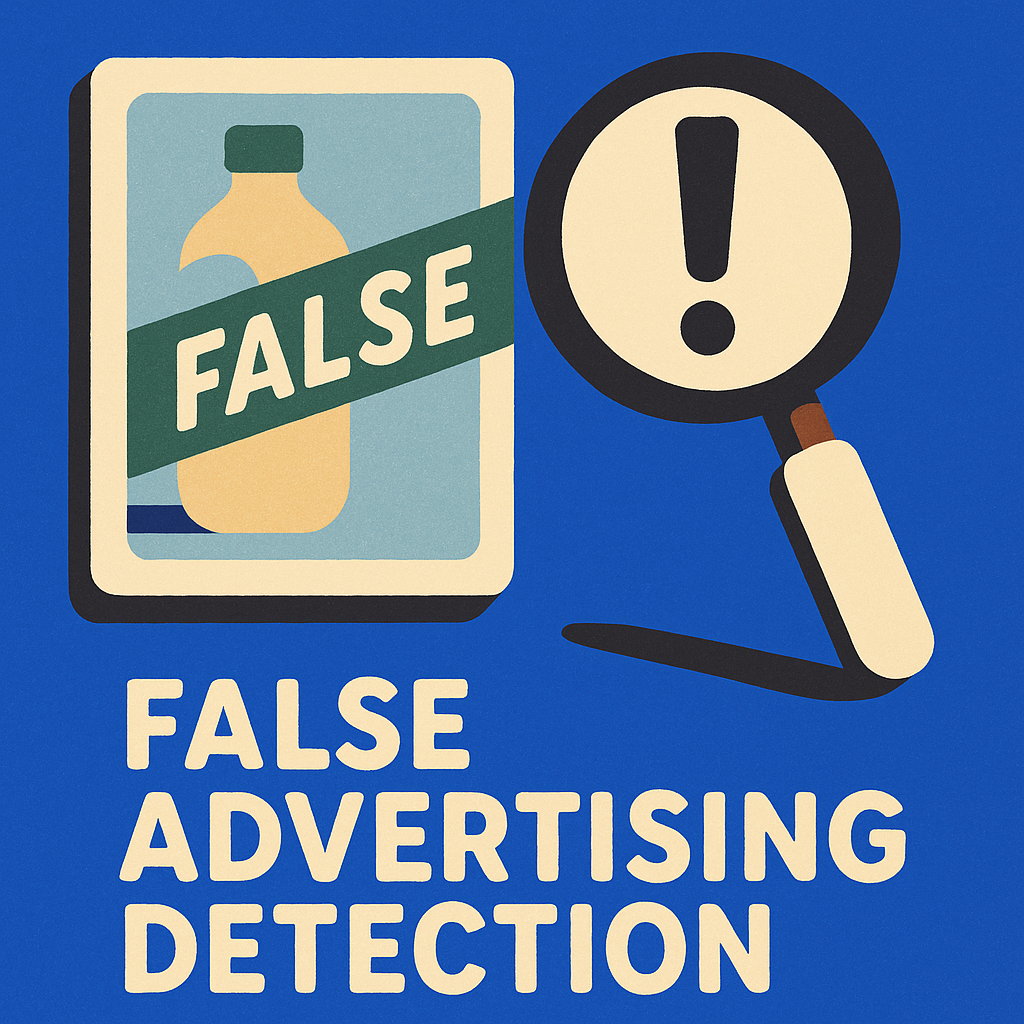
False Ad detection system
role
Freelance
client
Undisclosed
year
2024
Problem Statements
One of the more memorable projects I got a chance to work on as a freelancer was a custom computer vision model that could be integrated into an eCommerce site to scan pending listings by vendors, and in conjunction with other data signals, such as age of account, IP location vs Declared location, post description, etc., flag potentially fraudulent or misleading postings and flag them for review. The project ended up being broken into two milestones - the first was a crude and basic model I made as a proof of concept, and second was a fully scalable and tested implementation onto the site.
Though the model alone wouldn't necessarily stop or prevent misuse of the platform, its primarily purpose was to serve as a first line of defense against obvious cases and to automate part of the moderation process for the platform, enabling admins to focus on the most important or borderline cases. I was faced with several hurdles when designing and developing this system:
Design Challenges
1. User-uploaded images were often of much lower quality or contained a lot of artifacts that weren't present in any readily-accessible training data
2. The model had to be integrated into the user's existing workflow without compromising experience
3. We had to maintain a fine balance between having an oversensitive model that deters vendors and an ineffective model that would be trivial to circumvent in practice
4. It was difficult to predict how sensitive the model would function in practice without actually trying it out on the real marketplace - it was difficult to simulate conditions

Technologies Used
- Python - build model, implement business logic determining whether or not to flag
- Pytorch - to run the model
- OpenAI CLIP - base model to analyze images, return indexes for quality
- OpenCV - get support for real time integrations
- FastAPI - web framework for API
- Django, React, Next.js - Integration into existing site
Results
I successfully completed the contract, and was able to maintain my relationship with the client who ended up providing me with further opportunities!
The final version of this automatic flagging system reduced hours spent manually moderating the site by 67%, and led to an annual increase of $29k in net revenue for the site
What I Learned
I learned a lot throughout this process about integrating AI into sites, and designing systems that are adversarial in nature. It is one thing to create something that works within a local
environment for personal use, which is what I had mainly done when experimenting with AI before this project. It was another thing entirely to create a system that could withstand intentional
and deliberate attempts to outsmart or circumvent it.
.png)


.png)